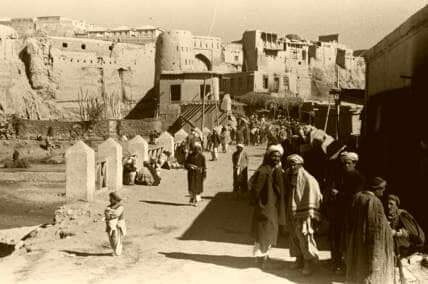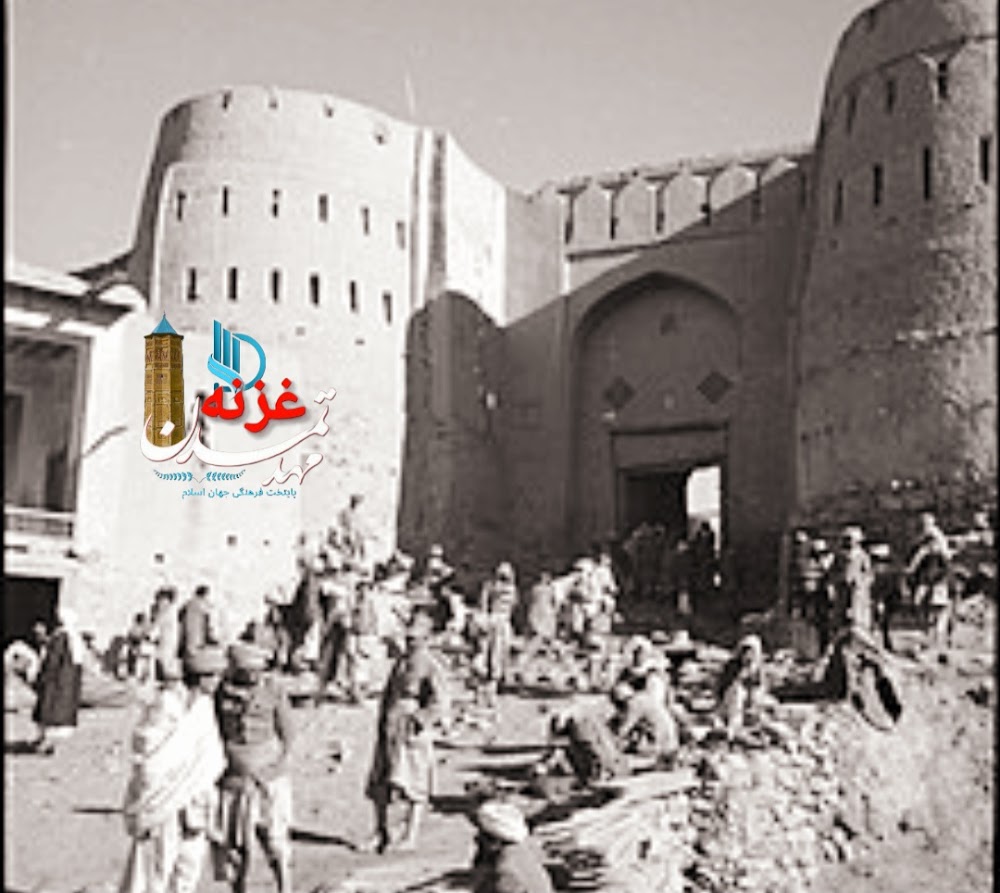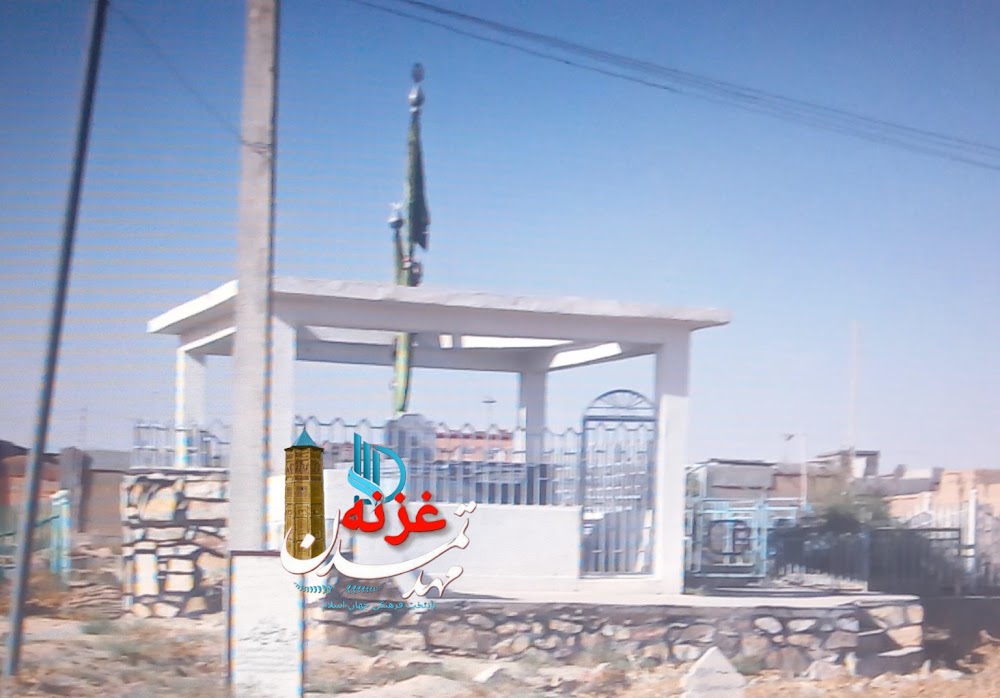Citadel of Ghazni (قلعه غزنی)
Overview
The **Citadel of Ghazni**, known locally as "دروازه کینیک شهر قدیم غزنی," is a stunning historical marvel located in the heart of Ghazni, Afghanistan. Dating back to the 10th century during the illustrious **Ghaznavid era**, this remarkable structure served dual purposes as both a military fortress and a governmental center. It stands as a testament to the sophistication and grandeur of its time, embodying the rich history of the region.
Perched strategically on a hill, the citadel offers breathtaking views of the surrounding landscapes, designed specifically to monitor and defend against any incoming threats. Constructed primarily from mud bricks and stones, the thick and solid walls of the citadel have withstood numerous attacks over the centuries. This resilience highlights the advanced engineering and architectural techniques of the era, showcasing the ingenuity of its builders.
The **layout of the Citadel of Ghazni** itself is an impressive reflection of its military significance. The main entrance, known as “دروازه کینیک” (Darwaza-e-Kanik), features large wooden gates reinforced with iron, serving as the citadel's primary access point and standing as a heavily guarded threshold. Inside, multiple layers of defenses—comprising battlements, watchtowers, and inner walls—were meticulously designed to protect both the inhabitants and the ruling elites from potential threats.
Within the citadel's inner sections, you’ll find remnants of palaces, administrative buildings, and residential quarters for royalty and high-ranking officials. These structures were adorned with elaborate architectural features, including intricately carved stone reliefs and ornamental tile work, reflecting the artistic and cultural brilliance of the Ghaznavid dynasty. Even today, the surviving traces of these decorations continue to speak volumes about the aesthetic values and craftsmanship of that time.
At the height of its power, the citadel was a hub of administration and governance for the **Ghaznavid Empire**. It hosted essential meetings, royal ceremonies, and served as a launch point for military campaigns. Its strategic location made Ghazni a crossroads for cultural, political, and commercial routes, further enhancing the citadel's significance within the broader region.
Though time and conflict have taken their toll, the **Citadel of Ghazni** has largely retained its original structure. Preservation efforts have been undertaken to maintain the historical integrity of this site, but it has not been immune to damage from natural weathering and human strife. Recent restoration projects aim to protect what remains and to restore parts of the citadel to their former glory, underscoring its historical and cultural importance.
Today, the Citadel of Ghazni stands as a poignant reminder of Afghanistan's rich heritage and the enduring legacy of the **Ghaznavid Empire**. Visitors to this historic site can wander through ancient ruins, allowing them to envision the grandeur of a bygone era. This experience offers a firsthand opportunity to appreciate the historical significance and architectural prowess that this magnificent citadel represents.







